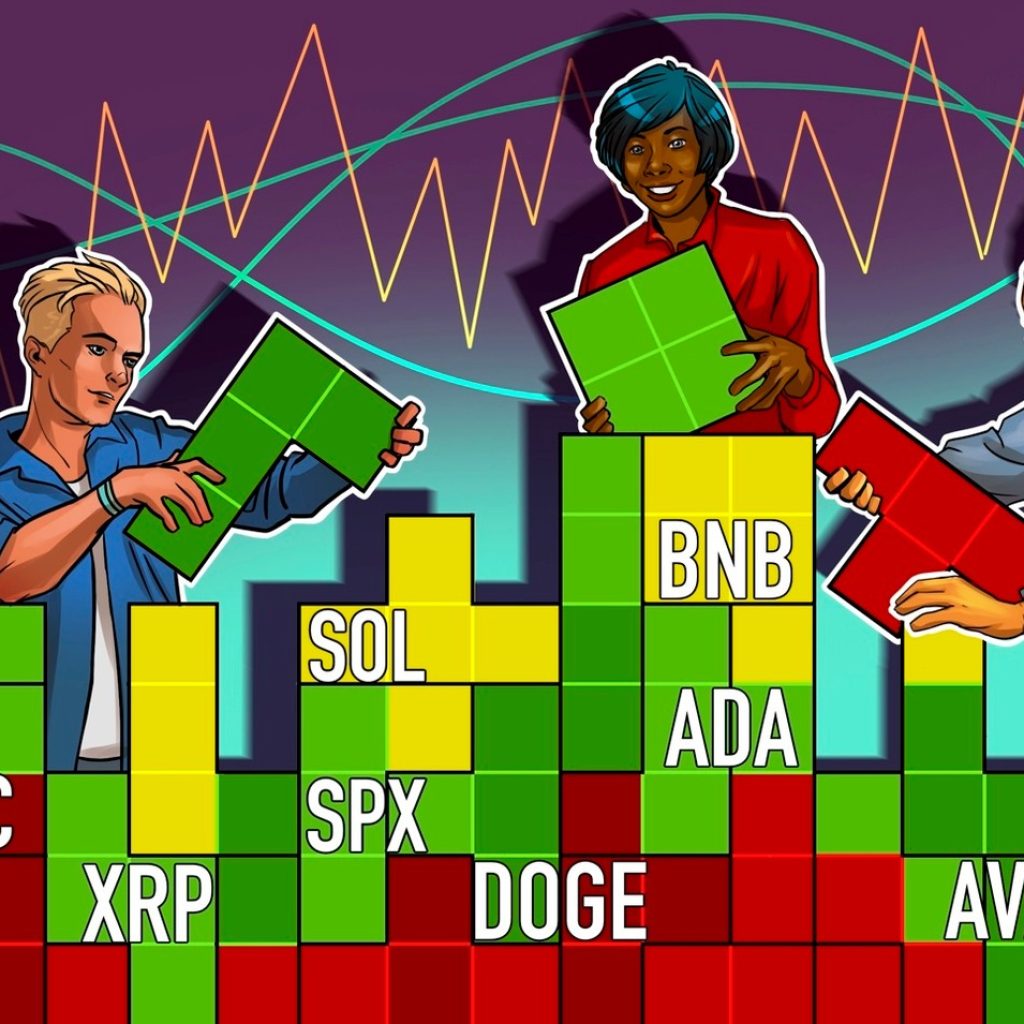The U.S. stands on the precipice of a governmental shutdown, thanks to a bill that the House of Representatives emphatically turned down.
The possibility of federal agencies coming to a grinding halt by Sunday has never felt more imminent. The U.S. government’s inner workings have always been a pendulum of power plays, and this shutdown debacle might be its most stark illustration yet.
Republican dissent ignites chaos
The very party that boasts a dominant presence in the House, with a 221-212 controlling margin, is now seemingly embroiled in internal conflict.
The hardline Republicans who defied their leader’s bill aimed to temporarily fund the government, have instead lit the fuse for what promises to be an operational disaster.
The measure, defeated in a 232-198 vote, sought a 30-day extension of government funding. But its proposals, which involved trimming expenditures and imposing stringent immigration restrictions, were clearly too hard to swallow for both sides of the aisle.
The fallout? An uncertain path forward with the imminent threat of national parks closing their gates, about 4 million federal workers facing pay disruptions, and essential functions like financial oversight being crippled.
House Speaker Kevin McCarthy remained defiant in the face of adversity, suggesting that a conservative policy-free funding extension might yet come to pass. But specifics, as usual, remained in the shadows.
The U.S. economy under threat, military in the crosshairs
Treasury Secretary Janet Yellen pulled no punches in highlighting the potential economic aftershocks.
With programs designed to bolster small businesses and the nation’s youth at risk, the U.S. economic trajectory, which was on an upward swing, could be jeopardized.
Additionally, long-awaited infrastructural advancements might just find themselves in limbo.
In the grand scheme of things, this isn’t the U.S. government’s first rodeo with shutdowns; we’re staring at the fourth one in just a decade.
But what amplifies the gravity of this situation is the fresh memory of the near-miss default on a colossal $31 trillion debt just four months prior.
It’s not just domestic watchdogs raising eyebrows; international entities like Moody’s have sounded alarms about the potential dent in U.S. creditworthiness.
President Biden was unflinching in highlighting another critical concern: the repercussions on the military. In his words, the political tug-of-war is inexcusable, especially when it could potentially compromise the men and women ensuring national security.
Internal turmoil and the road ahead
McCarthy’s attempt to rally his troops around border provisions in the spending bill fell flat. 21 stalwart Republicans stood alongside Democrats, showcasing a unity in their dissent.
Some of these dissenters vouch for detailed annual spending bills instead of fleeting extensions. They argue for meticulous, singular focus bills, even if that approach leads us to the brink of a shutdown.
It’s evident that a solution might have to emerge from bipartisan negotiations, an idea even some Republicans, like Representative Don Bacon, believe is glaringly obvious. Yet, even in these desperate times, aid provisions for global partners like Ukraine have become points of contention.
To add another layer of complexity, the political theatre is rife with leadership challenges. Voices in the Republican camp are reportedly contemplating the removal of McCarthy from his leadership pedestal.
And as the shutdown looms large, the narrative is shifting to a larger tussle within the Republican party, one that, as House Democrat Hakeem Jeffries suggests, is now on the brink of causing government paralysis.
The bottomline while the machinations of the U.S. government continue to unfold, the average citizen and the global community can only watch, wait, and hope for a resolution. The clock is ticking, and the stakes have never been higher.





